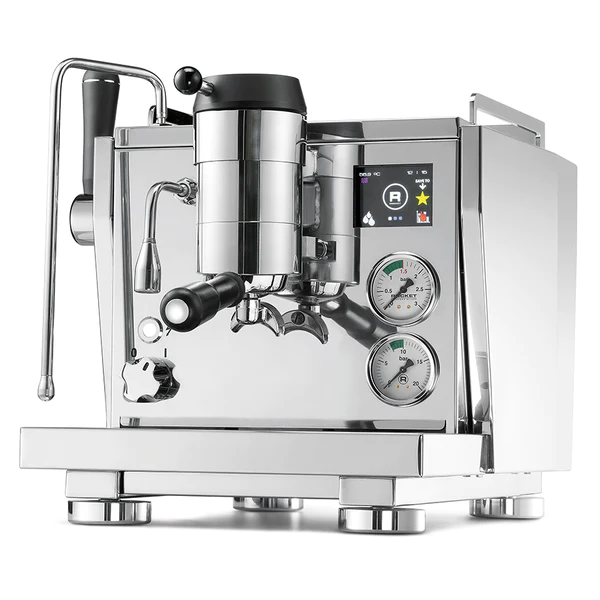The way coffee is made in an Best Coffee Machines Australia is very similar to the way it’s made with a traditional manual espresso machine. The main difference is that the water pressure and flow rate are more consistent, meaning you get a better cup of coffee! Here’s how it works:
The portafilter
The portafilter is the part of the Best Coffee Machines Australia that holds the coffee grounds. It’s placed into the group head, which contains a hole through which water passes through into the coffee grounds.
The boiler
Coffee lovers who prefer a cup of espresso to a cup of coffee are likely familiar with the process of brewing that drink.
It works fairly simple: hot water is pumped into the bottom chamber of an automatic machine, where it mixes with finely ground coffee. The mixture is then forced through a filter, producing your favourite beverage.
But what exactly happens when you turn on your Best Coffee Machines Australia? How does it know when to stop pouring in water and steam up your perfect shot?
You might think that the answer involves some kind of complicated algorithm or computer chip—but if so, think again! There’s actually nothing more involved than good old-fashioned physics (and maybe some magnets).
Here’s what goes down when you brew coffee using an automatic system:
- Steam pressure builds up inside part called “the boiler” until there are enough bubbles present for extraction;
- When this happens (and only once), the valve opens and allows hot water into the lower chamber;
- The water heats up while passing through the upper compartment full of ground coffee.
The pump
The pump is the heart of your espresso machine. It’s a device powered by compressed air, which creates pressure and forces water through the filter into your cup. The pump has four main components:
- The pressure chamber, where water vapour is condensed as gas.
- A piston that moves up and down in response to applied force from the gas
- Control rods for adjusting how much water flows through the machine at one time.
- A valve that regulates how much liquid actually passes through.
Water pressure and flow rate
Water pressure is measured in bars, and the flow rate is measured in litres per minute. The flow rate of water through the coffee grounds is important for taste: if it’s too low, you’ll get weak coffee; if it’s too high, you’ll get a bitter brew. A good range is between 15 and 20 litres per minute.
Coffee is made by forcing hot water through finely ground coffee beans
You may have noticed that coffee brewed in an Best Coffee Machines Australia is different from the coffee you make at home. It’s a little harder to describe, but if you think about it, there are some things that stand out.
One of them is the fact that automatic espresso machines use hot water instead of boiling water to brew the coffee.
This means they can brew their products at lower temperatures than normal drip machines or percolators do—a temperature range similar to what you’d find on a stovetop kettle or electric kettle might work just fine for many people’s tastes!
Coffee is one of the most popular drinks in the world, and it’s not hard to see why. It’s delicious, it gives you energy, and it can be enjoyed at any time of day.
With so many different types and flavours of coffee available on the market today, it seems like there’s no end in sight when it comes to coffee culture!


